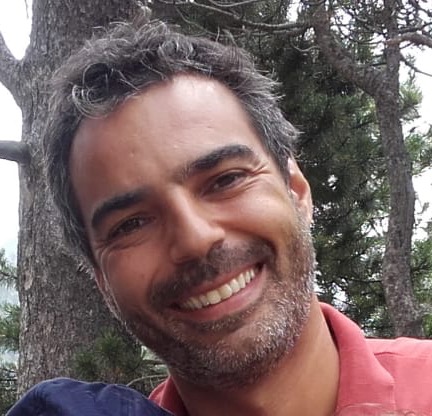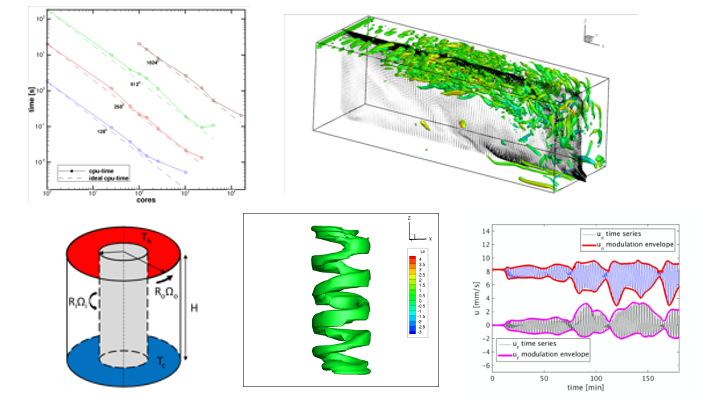HOCS-cube a research code
For 5 years I have been developing a computational code dedicated to the high-performance numerical simulation of incompressible flows in shoeboxes ( referring to the computational domain). With this specific tool for compact schemes one can solve the incompressible Naviers-Stokes equations in an *old school way*: semi implicit time scheme, full-staggered. This allows me to test new ideas about compact schemes, especially the fact that they can be HPC-compliant rPDD . [JCAM] [CaF],

